Afghanistan’s cricket community has faced intense challenges since the Taliban’s return to power, with many Afghan cricketers living in fear for their safety and struggling to balance their careers under significant constraints. Cricket has long held a unique and unifying place in Afghanistan, even during previous Taliban regimes, which initially banned sports but later allowed cricket after it gained popularity in refugee camps.
The new environment, however, has generated unease among Afghan cricketers, especially those who achieved fame while expressing progressive or liberal views or who played internationally. Some players, fearing retribution or restrictions, have been forced to relocate, while others remain in Afghanistan, continuing to play with a constant worry of unwelcome attention or interference.
The Taliban regime has, so far, allowed the national team to continue playing internationally, understanding the sport’s potential as a diplomatic tool. However, Afghan women’s cricket faces a near-complete shutdown, with female athletes banned from participating or training openly, which has led to international calls for sanctions and restrictions on Afghanistan’s participation in global cricket events.
Here are some key points and clues to cover when writing about Afghan cricketers living under the Taliban regime:
1. Background of Cricket in Afghanistan:

- Cricket gained popularity in Afghan refugee camps in Pakistan during the 1990s.
- Despite previous Taliban restrictions on other sports, cricket was permitted after it became widely popular.
2. Taliban’s Return to Power:
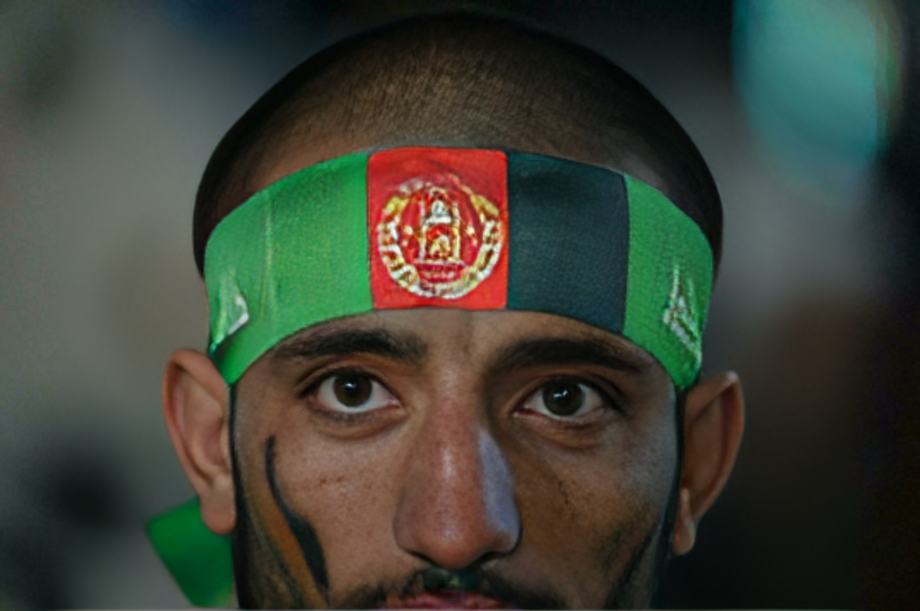
- In 2021, the Taliban regained control in Afghanistan, leading to restrictions across different sectors.
- Many Afghan citizens, including athletes, faced uncertainty about their safety and freedom.
3. Impact on Male Cricketers:
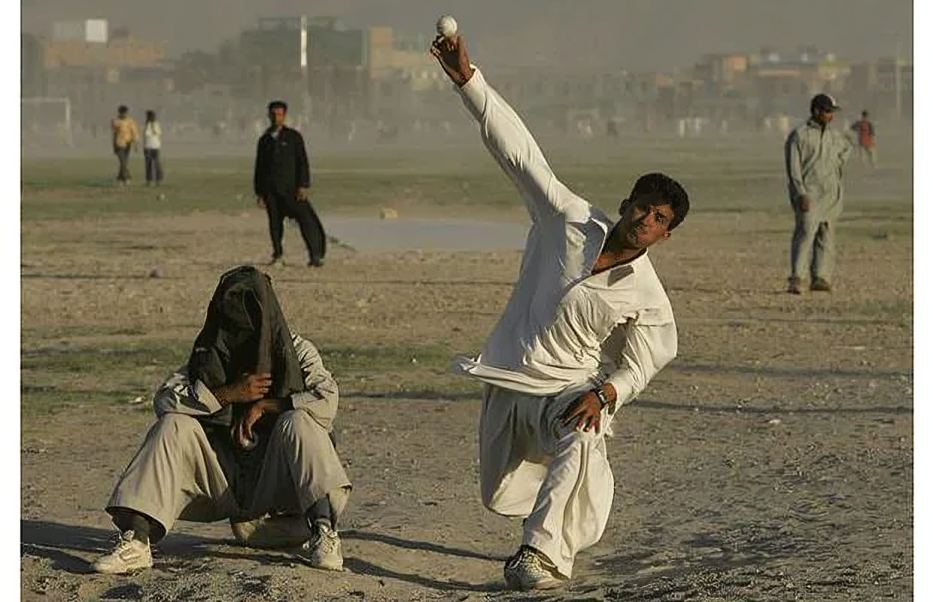
- Male cricketers can still participate in international matches, but they face personal and professional limitations.
- Some players worry about restrictions on speech, especially if they’ve shown support for progressive views or global causes.
4. International Attention and Diplomacy:
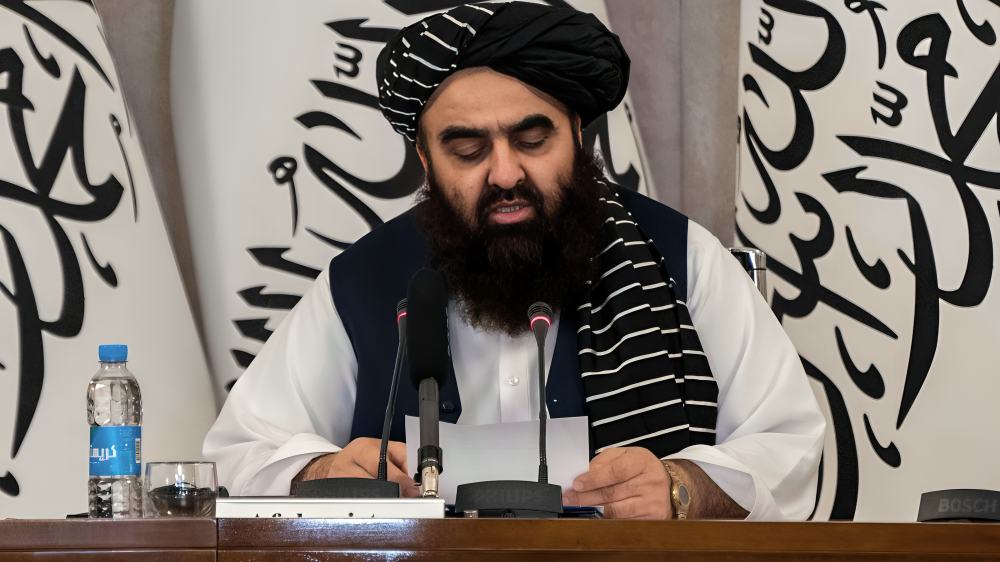
- Cricket serves as a diplomatic tool, and the Taliban allow male players to represent Afghanistan globally.
- Players are cautious about expressing views or actions that may attract the regime’s attention.
5. Challenges for Female Cricketers:
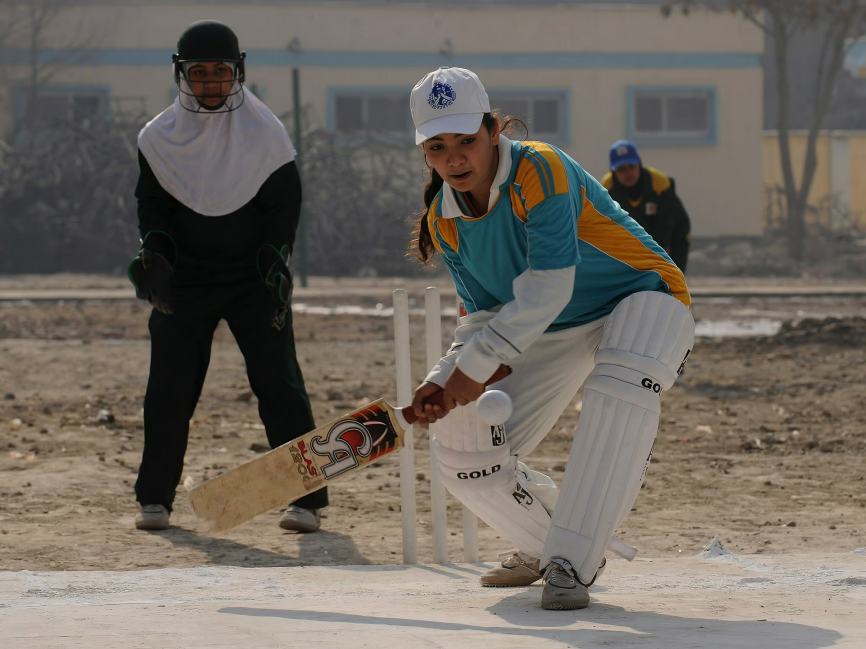
- Afghan women’s cricket has been effectively banned, with female players unable to train or play openly.
- This has led to international condemnation and calls for sanctions on Afghan men’s participation in events like the ICC.
6. Life and Safety Concerns:
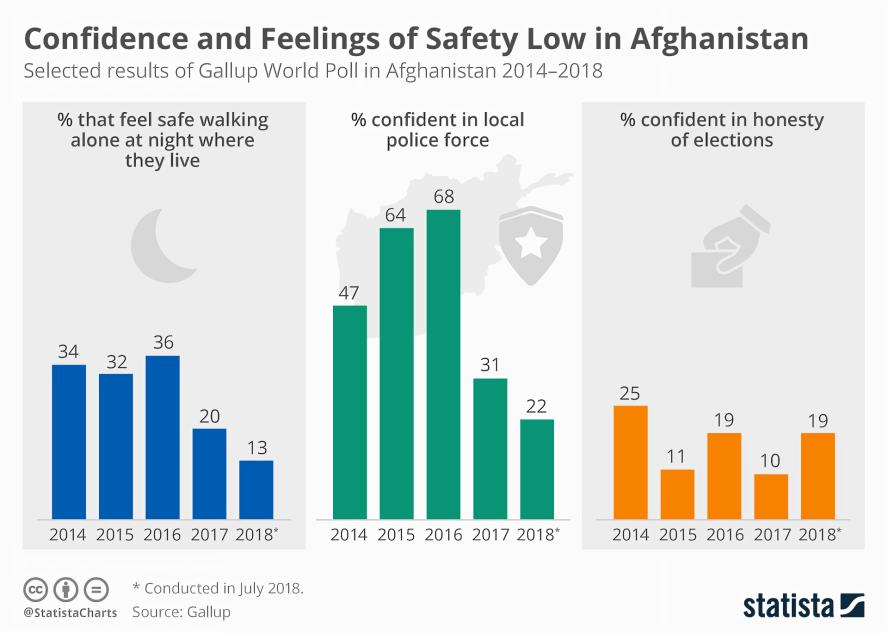
- Cricketers have faced threats to safety, with some choosing to relocate to other countries.
- For those remaining, playing under the Taliban’s rules requires constant vigilance and caution.
7. Resilience and Future Uncertainty:
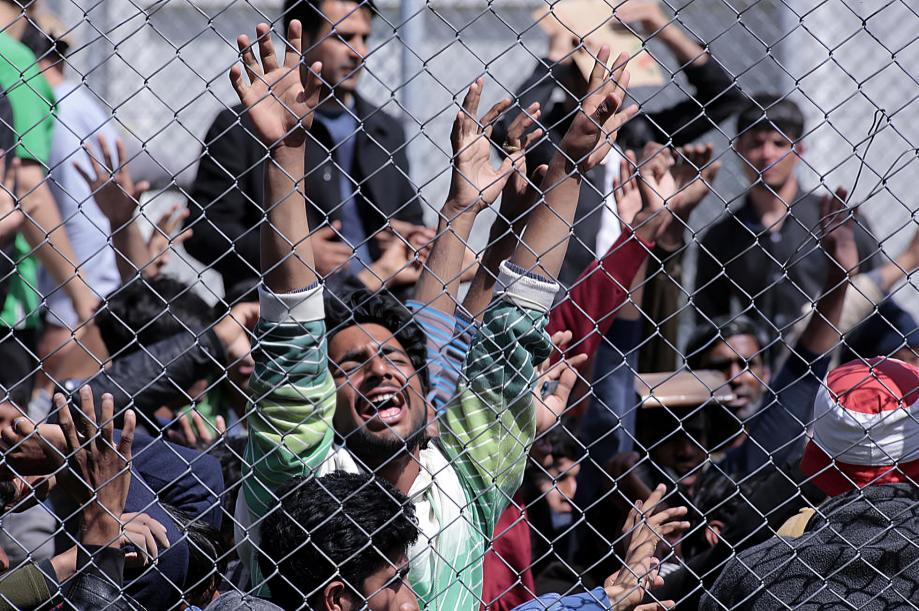
- Afghan cricketers continue to represent their country, highlighting their resilience despite challenges.
- The future of Afghan cricket remains uncertain under a regime that enforces strict cultural and social regulations.
For Afghan male cricketers, this period represents a delicate balancing act between playing for their country and navigating the risks and expectations under Taliban rule. The uncertain future of Afghan cricket amid this turmoil highlights both the resilience of its players and the precariousness of sports under political regimes that impose severe cultural and social limitations.

